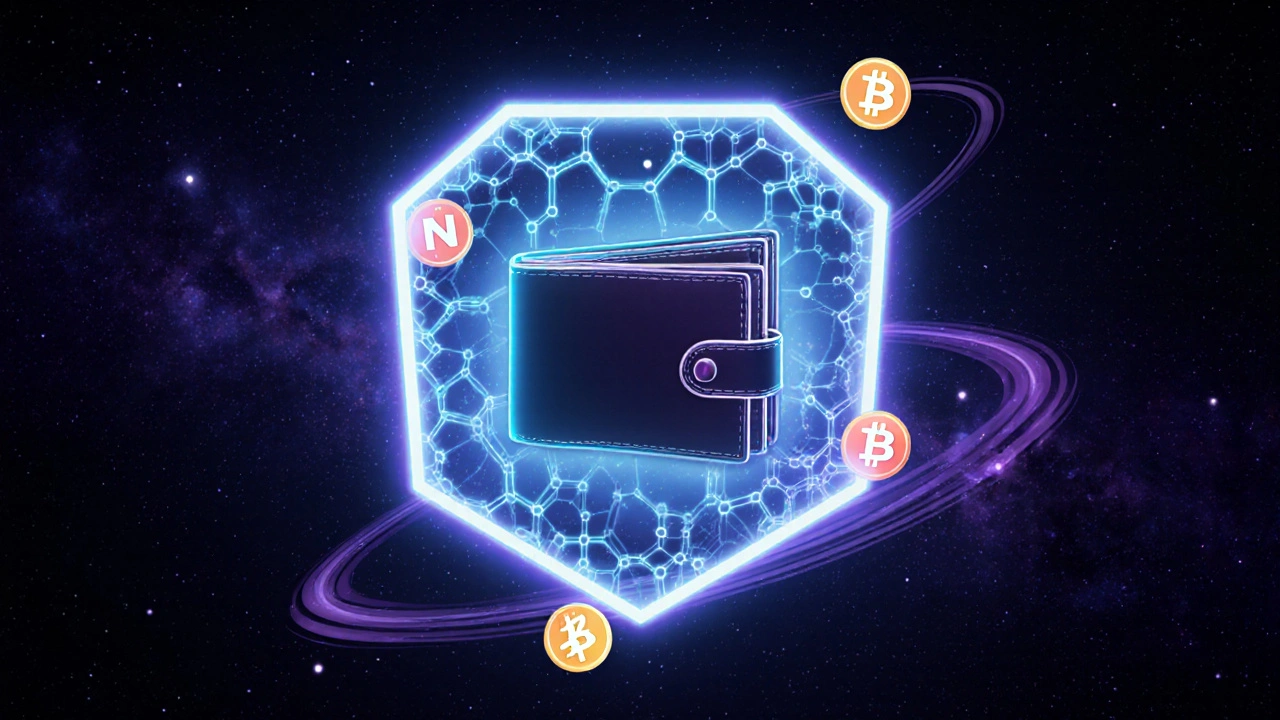Blockchain & Crypto
When diving into Blockchain & Crypto, the combined ecosystem of distributed ledgers and digital money. Also known as crypto, it reshapes how value moves online. This space relies heavily on Cryptocurrency, a digital asset that uses cryptography for secure transactions, and on tools like Cross‑Chain Bridge, software that transfers assets between separate blockchains. Understanding these core pieces helps you navigate the fast‑moving landscape below.
At its core, blockchain is a tamper‑proof ledger where each block links to the previous one. This design enables decentralized finance (DeFi), which lets anyone lend, borrow, or trade without traditional banks. The trust‑less nature of blockchain means every transaction is verified by a network of participants rather than a single authority. Because of this, cryptocurrency can operate globally, 24/7, without needing a middleman.
Why Interoperability Matters
One of the biggest challenges today is getting different blockchains to talk to each other. That’s where cross‑chain bridges come in: they act like translators, moving tokens from one chain to another while preserving value. For example, a bridge might lock Bitcoin on its native chain and issue a wrapped version on Ethereum, letting users tap into Ethereum’s smart‑contract universe. This bridge‑based workflow creates new opportunities for liquidity, but it also introduces security risks that developers must manage.
Security is a key attribute of any bridge. A well‑designed bridge includes audits, multi‑signature controls, and time‑locked contracts to reduce the chance of hacks. When a bridge is compromised, attackers can steal wrapped tokens, effectively breaking the trust between the connected chains. Therefore, understanding bridge architecture is essential before moving large sums across networks.
Beyond security, bridges drive innovation. They enable developers to combine the strengths of multiple chains—like Bitcoin’s robust store of value with Ethereum’s programmable contracts. This synergy fuels new products such as multi‑chain yield farms, cross‑chain NFT marketplaces, and decentralized exchanges that aggregate liquidity from several platforms.
Another related concept is token wrapping. Wrapped tokens are representations of assets on a different chain, allowing the original asset to stay safe while its counterpart circulates elsewhere. For instance, Wrapped Bitcoin (WBTC) lets Bitcoin holders participate in Ethereum‑based DeFi without selling their BTC. Wrapped tokens illustrate how interoperability extends the utility of existing crypto assets.
Regulation also plays a role. As governments learn more about crypto, they may require bridges to implement KYC/AML checks, especially when moving large volumes across borders. While this could add friction, it might also bring legitimacy and protect users from illicit activity. Staying aware of regulatory trends helps you choose bridges that balance compliance and freedom.
Looking ahead, the next wave of bridges will focus on scalability and user experience. Imagine a bridge that settles transfers in seconds, with fees comparable to a regular bank transfer. Developers are experimenting with layer‑2 solutions and zero‑knowledge proofs to make that vision real. As these technologies mature, the barrier to moving assets across chains will shrink dramatically.
Below, you’ll find practical guides that break down how bridges work, what to watch out for, and where the industry is heading. Whether you’re a beginner curious about crypto or a seasoned trader looking to expand your toolkit, the articles ahead will give you clear, actionable insight into the evolving world of blockchain and crypto.

How DeFi Insurance Works: A Practical Guide
Learn how DeFi insurance works, from risk assessment and capital pools to claim settlement, key players, and future trends. A practical guide for crypto users.
Read More
How Cross‑Chain Bridges Work: A Simple Guide to Blockchain Interoperability
Learn how cross‑chain bridges move crypto assets between blockchains, the types, security risks, and future trends for seamless interoperability.
Read More